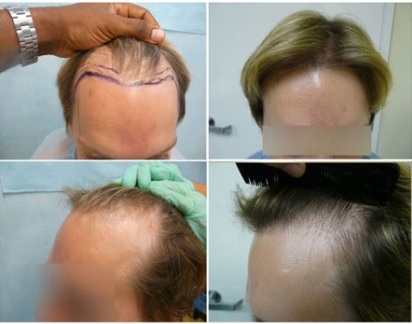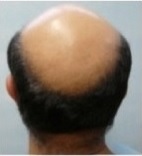Medical Implications of Hair Loss
Thin, brittle hair is considered unattractive, and thus we want to know how to tackle hair restoration head-on. But before you go straight for the Rogaine, or other hair restoration solutions, consider this: there’s a lot that hair loss can tell you about your health. If you notice you have thinning hair, make an appointment with your dermatologist to find out why. Pursuing the right treatments for hair loss starts with knowing the underlying cause. While hair loss can be a symptom of the typical androgenic alopecia diagnosis, pattern baldness isn’t the only threat to your tresses. Hair loss can be a sign of serious underlying illnesses. To name a few:
- Anemia
- Diabetes
- Thyroid dysfunction
- Malnourishment/vitamin deficiency
- Lupus
- Alopecia areata
- Scalp infection
- Emotional shock/stress/depression
Many of these are not permanent causes of hair loss, and hair restoration will naturally occur with the treatment of the illness itself. However, only your dermatologist can start to determine what’s causing your hair to fall out.
Medical Implications of Hair Loss
Although it tends to be cosmetically displeasing, the beauty of hair loss is that we can notice it fairly quickly and do something about it. If you’re losing more than 50 to 100 strands per day, this is your body’s way of telling you that it’s giving in to genetics and aging (pattern baldness), or that something is wrong. Don’t ignore these signs. Pursue your treatments for hair loss under the care of a doctor, just as you would for any other ailment. The more quickly you go to the dermatologist, the more quickly you will know what’s happening and be on a safe and healthy road to hair restoration.
Once the cause is determined, clinically proven treatments for hair loss may include Rogaine (minoxidil), Propecia (finasteride), or hair transplant.


